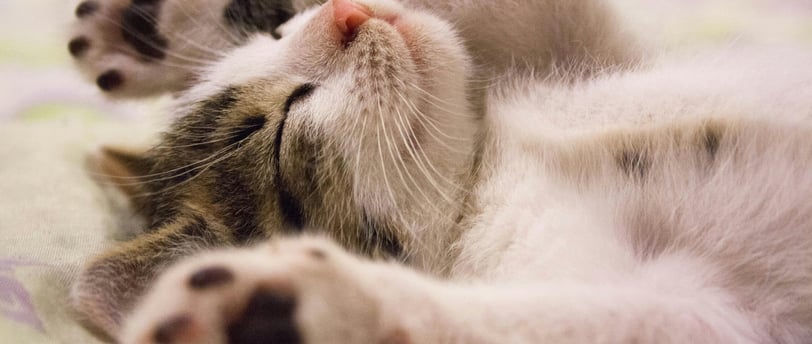Dealing with Pet Anxiety: Tips for Helping Pets Adjust to Their Sitters
2 min read


Dealing with Pet Anxiety: Tips for Helping Pets Adjust to Their Sitters
Pets, just like humans, can experience anxiety when faced with changes in their routine or environment. Leaving your pet with a sitter, whether for a short trip or an extended period, can be a source of stress for both you and your furry friend. However, with some thoughtful preparation and a few key strategies, you can help your pet adjust to their sitter and ensure a smooth transition. Here are some tips for dealing with pet anxiety:
Familiarize Your Pet with the Sitter
One of the most effective ways to reduce your pet's anxiety is to introduce them to their sitter before the actual sitting period. Arrange a meet-and-greet session where your pet can get to know the sitter in a relaxed and positive environment. This will help build trust and familiarity, making the transition smoother when the sitter takes over.
Maintain a Consistent Routine
Pets thrive on routine and consistency. Provide the sitter with a detailed schedule of your pet's daily activities, including feeding times, walks, playtime, and any other rituals your pet is accustomed to. Keeping the routine as close to normal as possible will help your pet feel secure and reduce anxiety.
Provide Comfort Items
Comfort items, such as your pet's favorite blanket, toy, or bed, can help alleviate anxiety by providing a sense of familiarity. These items carry your scent and the comfort of home, which can be soothing for your pet during the sitter's care. Make sure to leave these items with the sitter along with any specific instructions on their use.
Share Your Pet's Preferences and Quirks
Every pet is unique, with their own set of preferences and quirks. Share these details with the sitter so they can tailor their care to your pet's individual needs. Whether it's a favorite spot to be petted, a specific way to play, or certain triggers that may cause anxiety, providing this information will help the sitter create a positive experience for your pet.
Positive Reinforcement
Use positive reinforcement to associate the sitter's presence with positive experiences. This can include giving your pet treats, praise, and affection when the sitter is around. The sitter can also engage in fun activities with your pet, such as playing their favorite games or going for enjoyable walks. Positive reinforcement helps create a positive association with the sitter.
Stay Calm and Positive
Pets are highly attuned to their owner's emotions. If you remain calm and positive about the sitter's arrival, your pet is more likely to feel relaxed as well. Avoid making a big fuss when leaving or returning, as this can heighten your pet's anxiety. Instead, maintain a calm and confident demeanor to reassure your pet.
Check-In Regularly
Regular check-ins with the sitter can provide peace of mind for both you and your pet. Stay in touch through messages, calls, or even video chats to see how your pet is doing. This communication can help address any concerns promptly and provide reassurance that your pet is in good hands.
By following these tips, you can help reduce your pet's anxiety and ensure a positive experience with their sitter. Remember, your pet's well-being is the top priority, and with a little extra care and preparation, you can make the transition as smooth and stress-free as possible for your beloved companion.🐾✨
Camilla Cares © 2024. All rights reserved.
